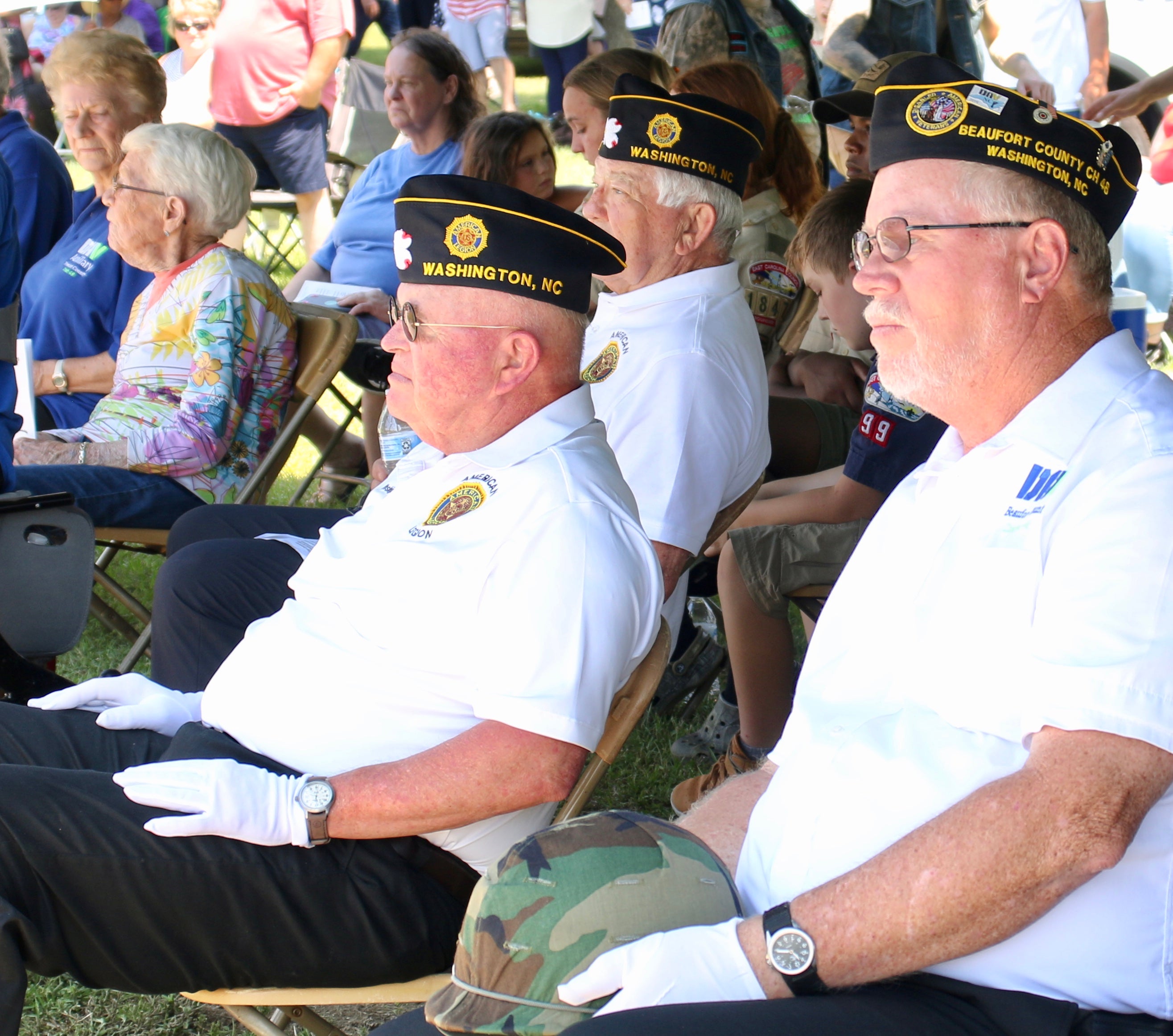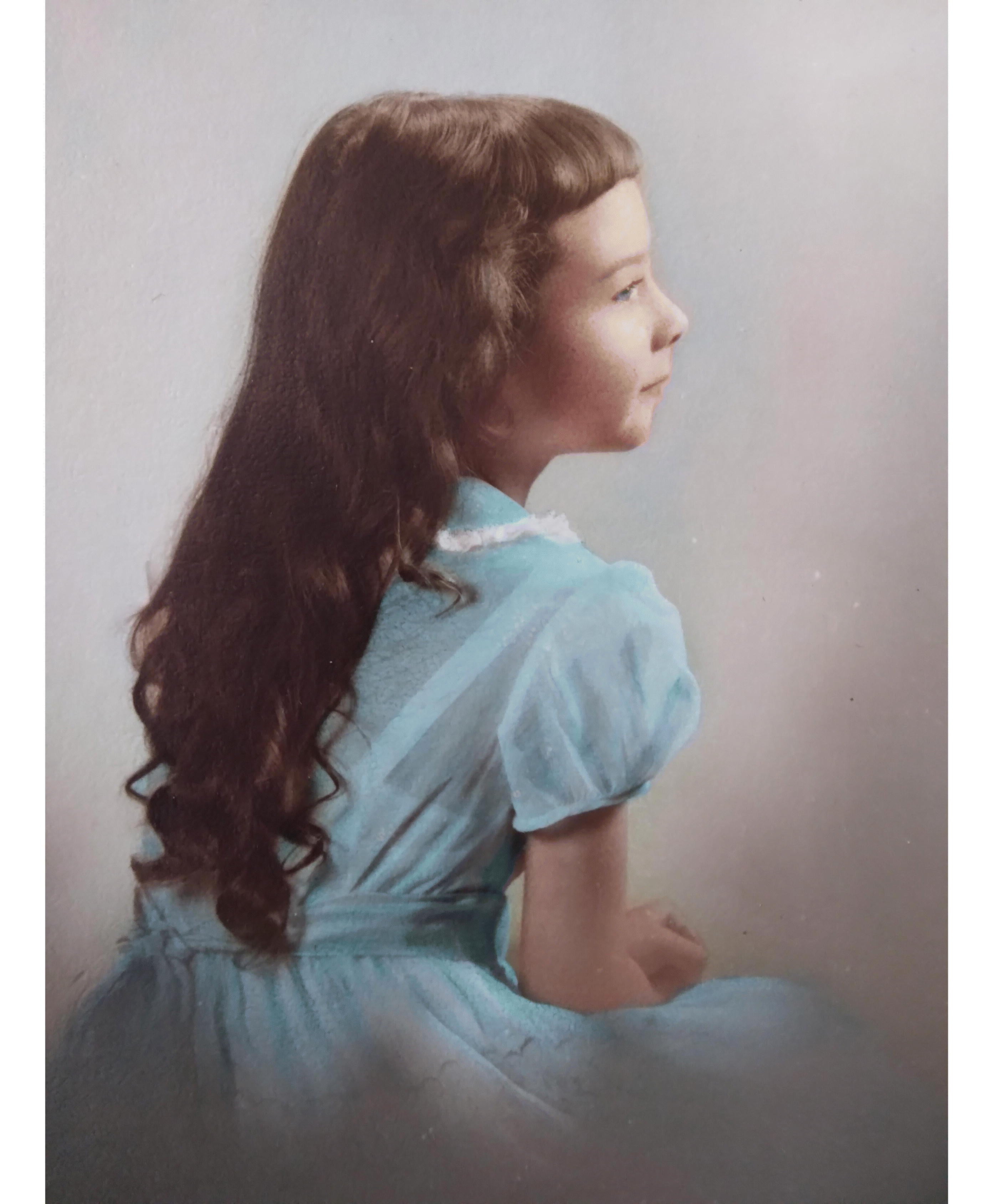Plymouth museum reflects maritime history
Published 4:02 am Sunday, January 21, 2007
By Staff
By DAN PARSONS, Staff Writer
PLYMOUTH — Having just completed construction on a new exhibition gallery, the Roanoke River Maritime Museum is ready to educate guests on the historic connection Washington County has with its waterways.
The museum, located at the west end of Water Street in downtown Plymouth, used to be the old House Chevrolet dealership. It was purchased, in partnership with the city, by the Roanoke River Association through a $525,000 N.C. Department of Transportation grant.
Phase one of restoring the building called for construction of a front room with loft offices designed to resemble the bow of a ship. Also included in phase one was the construction of a replica of the Roanoke River Lighthouse, completed in 2003, across the street from the museum.
Another grant for $225,000 provided new windows and funded the renovation and construction of the new gallery.
Tumey’s role was to “write the verbiage for the displays” which she said conveys the “true history of the waterways and the community.”
A collection of 15 boats showcases the history of the town’s commercial and recreational relationship with its rivers and lakes. The museum has also partnered with the Museum of Underwater Archaeology at East Carolina University , which excavates and restores maritime artifacts and will maintain a workshop in a neighboring building.
In the newly completed exhibition gallery, educational displays made to look like hoisted sails narrate the history of the area and its relationship to the water. Maritime artifacts from the collection of Clarence Dail, a late co-founder of the museum, will be displayed in a glass case along one wall. Two aquariums house fish native to the river and a children’s area features a hands-on sailing experience.
Jones credits Plymouth’s economic success in the early 1800’s to an intimate relationship with the Roanoke River. The Great Dismal Swamp Canal, dug in the 18th century under the supervision of George Washington, allowed the port city to trade directly with Boston. From the Roanoke to the Alligator River, through the canal to the Chesapeake Bay, Plymouth shipped its fish, its crops and its lumber, according to Jones.
Commerce was not the only sector on which the residents of the area relied on the nearby waterways.
Plymouth’s proximity to the water has not always been an asset. As the second largest port before the Civil War, the city was blockaded and laid siege to by Union forces and, more recently, the decline in North Carolina’s Fisheries both set the town back considerably. But, the museum’s board is confident that such attractions as the updated museum will help to reunite Plymouth with economic vitality and its maritime heritage.
The museum is open from 11 a.m. until 3 p.m., Tuesday through Saturday. For additional information or to schedule a special tour call (252) 217-2204.



